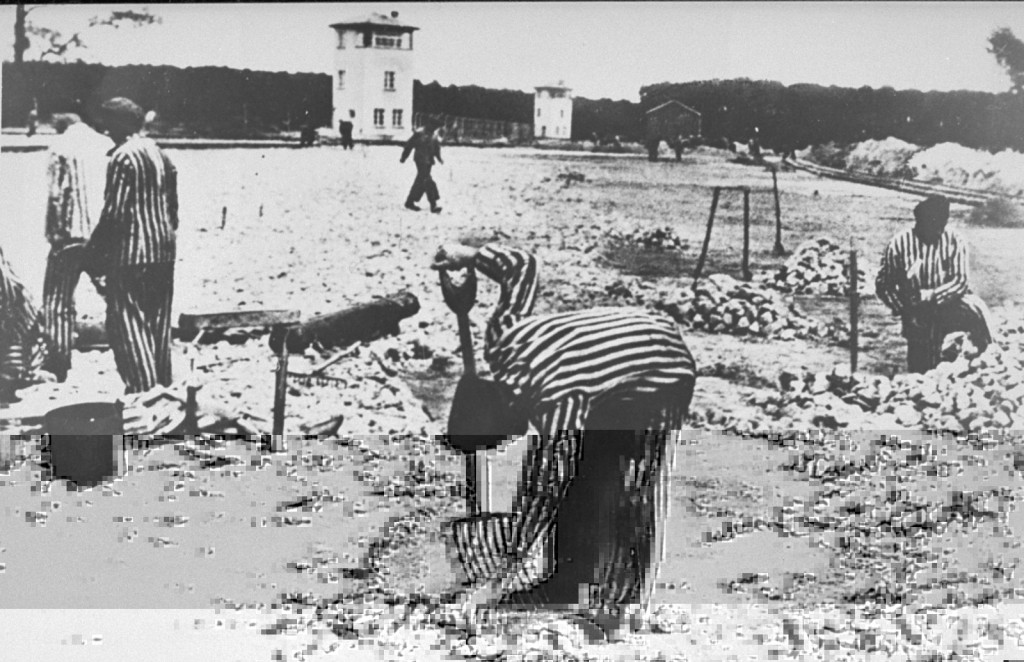You searched for: 谷歌优化霸屏推广包上【TG飞机:@bapingseo】代google竞价优化霸屏专业【TG电报:@bapingseo】泰國谷歌平台推广多少钱【Telegram:@bapingseo】彩神邀请码哪里有福彩3d牛彩网汇总专辑九州体育BET?jB7hYe/572151.html
<< Previous | Displaying results 251-275 of 481 for "谷歌优化霸屏推广包上【TG飞机:@bapingseo】代google竞价优化霸屏专业【TG电报:@bapingseo】泰國谷歌平台推广多少钱【Telegram:@bapingseo】彩神邀请码哪里有福彩3d牛彩网汇总专辑九州体育BET?jB7hYe/572151.html" | Next >>
-
Rachel Lejzerowicz Rechnitz
ID CardRachel, or Ruchla as she was called, was raised by Jewish parents in the small southwestern Polish town of Bedzin. In 1930 she moved with her husband, Bernard, to the nearby city of Katowice, where Bernard had a wholesale leather business. The couple lived with their two children, Moses and Genia, in a three-bedroom, upper-floor apartment on Jordana Street. 1933-39: Ruchla was active in Hadassah, a women's Zionist organization, and in 1939 she and her husband prepared to immigrate to Palestine [Aliyah…
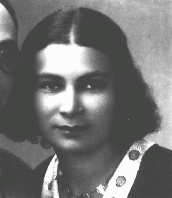
-
Simcha Perlmutter
ID CardSimcha was one of six children born to a Jewish family in the town of Horochow. His father was a Hebrew teacher. Simcha was an excellent student and after studying at universities in Switzerland, France, and Germany, he became a philosophy professor at the university in Lvov. In the early 1920s he married, and by 1929 he and his wife, Fruma, had two daughters, Tchiya and Shulamit. 1933-39: Simcha was a Zionist and throughout the 1930s he encouraged his Jewish students to emigrate to Palestine [Aliyah…
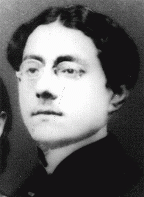
-
Peter Winternitz
ID CardPeter was the oldest of two children born to a Jewish family in the Czechoslovakian capital of Prague, a city with a Jewish community that dated back to the eleventh century. His family lived on Karlova Street in the city's Karlin district. Peter's father owned a wholesale business that sold floor coverings. 1933-39: As a boy, Peter was active in a Zionist sports organization, Maccabi Ha-Zair. The group also helped prepare youth to immigrate to Palestine [Aliyah Bet] by training them in agricultural work.…
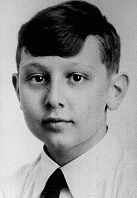
-
Johanna Gerechter Neumann describes her family's arrival in Bologna and aid received from Italian students before emigrating to Albania
Oral HistoryAmid intensifying anti-Jewish measures and the 1938 Kristallnacht ("Night of Broken Glass") pogrom, Johanna's family decided to leave Germany. They obtained visas for Albania, crossed into Italy, and sailed in 1939. They remained in Albania under the Italian occupation and, after Italy surrendered in 1943, under German occupation. The family was liberated after a battle between the Germans and Albanian partisans in December 1944.
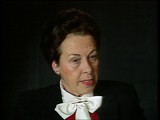
-
The Voyage of the St. Louis
Animated MapView an animated map describing the voyage of the St. Louis and the fate of its passengers, Jewish refugees from Nazi Germany in May-June, 1939.
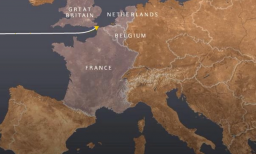
-
Martin Niemöller: Biography
ArticleProtestant pastor Martin Niemöller emerged as an opponent of Adolf Hitler and was imprisoned in camps for 7 years. Learn about the complexities surrounding his beliefs.
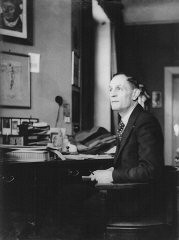
-
Max Rosenblat
ID CardMax's parents, Taube and Itzik, first met as children in 1925. Taube was the daughter of a tailor who hired apprentices in his shop, and Itzik was one such apprentice. The Jewish youngsters fell in love and dreamed of getting married even though Taube's family frowned upon the match. 1933-39: In 1938 Taube and Itzik married. The couple lived in an apartment on 49 Zeromskiego Street in Radom, where Itzik opened a women's tailor shop. Max was born in July 1939. He had curly hair and blue eyes like his…
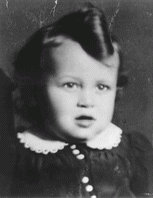
-
Blimcia Lische
ID CardBlimcia's parents were religious Jews. Her father, Shaya David, and her mother, Malcia Saleschtz, had settled in Kolbuszowa, where Blimcia's mother had been raised. There, Malcia's father bought the newlyweds a home and started his new son-in-law in the wholesale flour business. 1933-39: Blimcia was born in 1938, and was raised among many aunts, uncles and cousins. Around Blimcia's first birthday, Germany invaded Poland and soon reached Kolbuszowa. Polish soldiers on horses tried to fight against the…
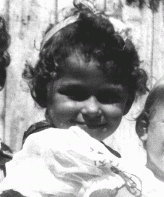
-
Dismissal letter from the Berlin transit authority
DocumentA letter written by the Berlin transit authority (Berliner Verkehrs Aktiengesellschaft) to Viktor Stern, informing him of his dismissal from his post with their agency as of September 20, 1933. This action was taken to comply with provisions of the Law for the Restoration of the Professional Civil Service. On April 7, the German government issued the Law for the Restoration of the Professional Civil Service (Gesetz zur Wiederherstellung des Berufsbeamtentums), which excluded Jews and political opponents…
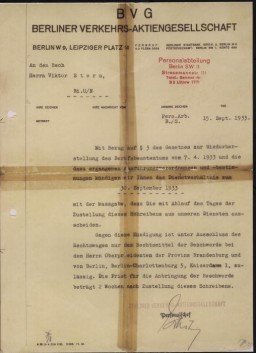
-
Sobibor: Key Dates
ArticleExplore a timeline of key events in the history of the Sobibor killing center in the General Government, the German-administered territory of occupied Poland.
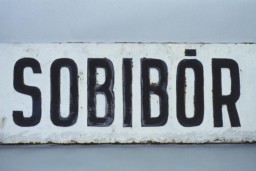
-
Les Milles Camp
ArticleUnder the Vichy regime, the Les Milles camp held foreign Jews before emigration or, in most cases, deportation to German concentration camps and killing centers.
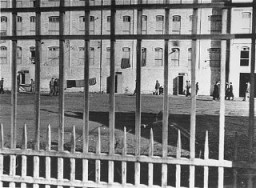
-
Westerbork
ArticleThe Westerbork transit camp, located in the German-occupied Netherlands, served as a temporary collection point for Jews in the Netherlands before deportation.
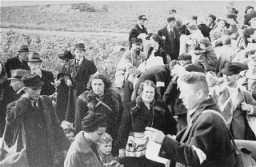
-
How Many People did the Nazis Murder?
ArticleBehind the number of victims of the Holocaust and Nazi persecution are people whose hopes and dreams were destroyed. Learn about the toll of Nazi policies.
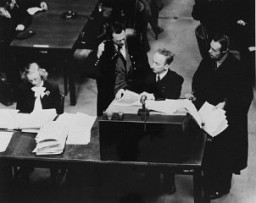
-
München-Schwabing
ArticleLearn about the establishment and history of the Dachau subcamp München-Schwabing, and the role of Eleonore Baur (also known as Schwester Pia or Sister Pia).
-
Charles E. Coughlin
ArticleCharles Coughlin, Catholic priest and populist leader, promoted antisemitic and pro-fascist views. In the 1930s, he was one of the most influential public figures in the US.
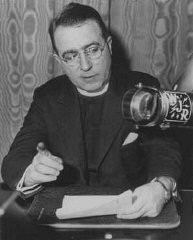
-
Japanese American Relocation
ArticleLearn more about the forcible relocation of some 120,000 people of Japanese descent living in the US to “relocation centers.”
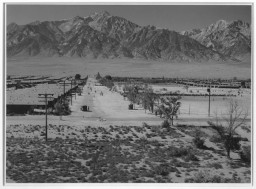
-
Page 5 of passport issued to Setty Sondheimer
DocumentPage 5 of a passport issued to Setty Sondheimer by the German Consulate in Kovno on January 29, 1938. This page contains three visas: (1) visa for Kovno valid from August 27, 1940, until December 31, 1940 (2) a second visa for Kovno valid until June 30, 1941, and (3) first visa for Yokohama, Japan, valid from June 7, 1941, until June 30, 1942. Unable to emigrate from Japan, Setty remained there until she was able to emigrate to the United States in 1947. [From the USHMM special exhibition Flight and…
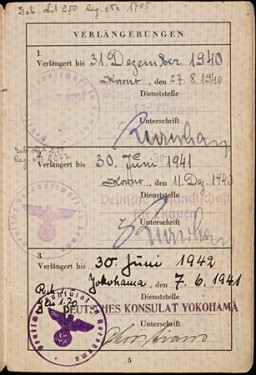
-
Western Desert Campaign: Egypt and Libya
ArticleLearn more about the Western Desert campaign during World War II in Egypt and Libya between 1940-1943.
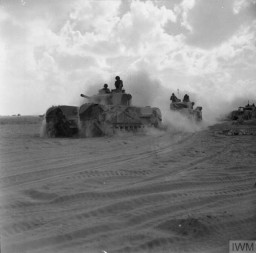
-
Trawniki: Key Dates
ArticleExplore a timeline of key events in the history of the Trawniki in German-occupied Poland.
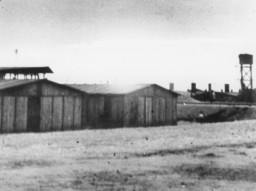
-
Theresienstadt: SS and Police Structure
ArticleLearn more about the unique SS and police structure of the Theresienstadt “camp-ghetto” during World War II.
-
The Enabling Act
ArticleThe Enabling Act of March 1933 allowed the Reich government to issue laws without the consent of Germany’s parliament. It laid the foundation for the Nazification of German society.
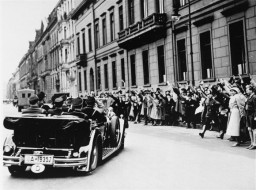
-
The Wannsee Conference and the "Final Solution"
ArticleThe Wannsee Conference was a high-level meeting of Nazi Party and German State officials to coordinate “the Final Solution of the Jewish Question.” Learn more.
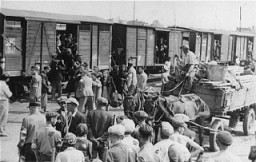
-
Nazi Camp System
ArticleMost prisoners in the early Nazi camp system were political opponents of the regime. The system would grow to include other types of camps, including killing centers.
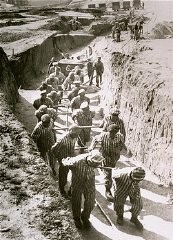
-
2nd Canadian Division
ArticleThe Canadian 2nd Division reached the Westerbork camp on April 12, 1945. Learn about its role in WWII military campaigns and in the liberation of the camp.
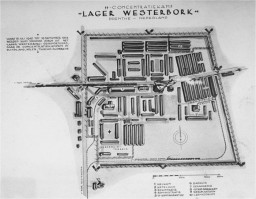
-
Otto Wels
ArticleSocial Democratic politician Otto Wels was the only German parliamentary leader to openly oppose passage of the Enabling Act, the cornerstone of Adolf Hitler's dictatorship.
